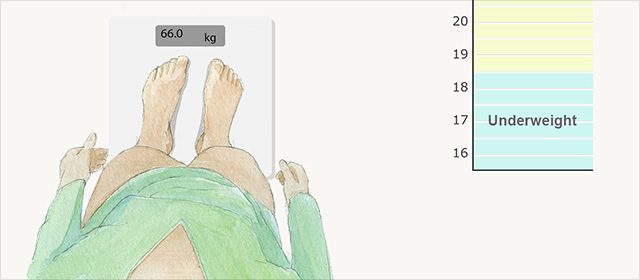Story summary
Height and weight
In the late 18th century British explorer James Cook and his party commented that Māori appeared strong and well-made, and that the men were the size of larger Europeans.
When Europeans settled in New Zealand, plentiful food and an improved diet made people grow taller and heavier.
Attitudes to diet
In the later 19th century some people became concerned about overeating and excess body weight. In the early 20th century fasting became popular. It reduced weight and was believed to promote health.
People were advised to limit the amount they ate, exercise regularly and lose weight gradually – much as in the 2000s. They also tried other approaches, including pills and other weight-loss products, and fad diets such as eating only grated raw food.
Body shape
After Prussian bodybuilder Eugen Sandow toured New Zealand in 1902–3, gyms and muscle-building programmes became popular.
Women in particular were pressured to meet standards of beauty. Until the 1960s many women wore bras and corsets to shape their bodies.
The ideal body shape varied as fashions changed. Curvy bodies were popular at the start of the 20th century, then in the 1920s it was fashionable to be thin and flat-chested. Larger busts were popular in the 1950s, followed by very thin shapes in the 1960s.
From the 1960s many people dieted to lose weight. They joined groups such as Weight Watchers, or followed regimes including the Atkins diet, the Israeli army diet and the Paleolithic diet. Some people – mostly girls and young women – developed eating disorders.
From the 1970s men and women went to gyms and exercised to change their body shapes. In the 2000s some used cosmetic surgery.
Obesity and health concerns
In the 2000s a growing number of adults and children were overweight or obese. In 2011–12, 35% of adults were overweight and another 28% were obese. 44% of Māori and 62% of Pacific people were obese. Child obesity rates continued to rise.
In 2013 the health-care cost of obesity was said to be $722 million a year. Some people had surgery to reduce their weight, but the operations cost over $20,000. Some larger people promoted ‘fat pride’.





